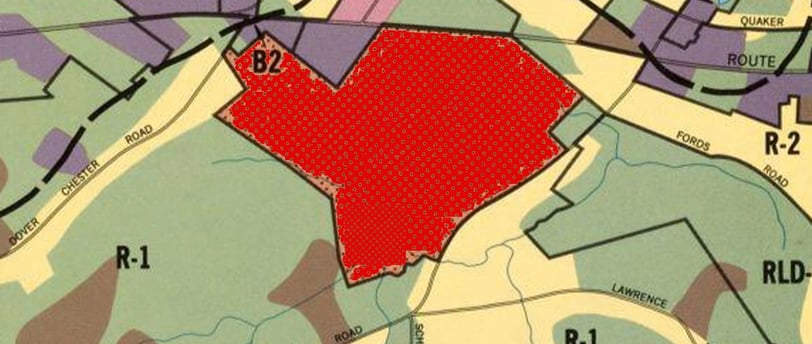Zoning Hurdles: Navigating the Challenges of Data Center Expansion
2 min read


Zoning regulations are emerging as a significant challenge for the growth of the data center industry, potentially hindering expansion even as demand for data center capacity soars, driven by trends like AI and cloud computing.
While the industry shows strong growth potential, several challenges could slow its progress. Common hurdles include high construction costs, difficulties in securing reliable power sources, and resistance from local communities. However, one less discussed yet critical obstacle is zoning regulations. Even in areas with minimal opposition to data center construction, unclear or restrictive zoning laws can delay or prevent new facilities from being built.
As demand for AI applications continues to surge, addressing zoning regulations will play a crucial role in determining the future trajectory of data center development in the U.S.
What Are Zoning Regulations, and How Do They Affect Commercial Development?
Zoning laws define how property can be used within a specific area. For instance, they might prohibit the construction of loud or unsightly facilities near residential neighborhoods while permitting such structures in industrial zones or brownfield sites.
Zoning regulations are typically created and enforced by local governments. While businesses and individuals can challenge zoning rules they perceive as unfair, the appeals process is often lengthy and complex. As a result, existing zoning laws usually determine what can and cannot be built in a given location.
The Impact of Zoning Regulations on Data Centers
Zoning laws commonly restrict certain types of buildings or activities—such as manufacturing or fuel storage—in particular areas. Historically, data centers have not been specifically addressed in most zoning codes, creating uncertainty for developers.
This lack of clarity poses significant challenges. For example, a zoning designation for “light industrial” use might be interpreted as allowing data centers, which are relatively quiet and low-traffic facilities. On the other hand, opponents could argue that data centers don’t align with traditional industrial activities, making their approval a contentious issue.
As Bohler Engineering, a site development firm, points out, “Many local land development codes lack clarity regarding data centers, which can slow a project’s progress. Many ordinances do not specifically address data centers.”
Challenges in Updating Zoning Laws for Data Centers
Some municipalities have attempted to resolve these ambiguities by updating zoning laws to explicitly include data centers, but these efforts often face resistance.
For instance, a town in Missouri sought to clarify its zoning rules to permit data centers in light industrial zones, only to backtrack after facing public pushback. Similarly, in Fairfax County, Virginia—already a hub for data centers—residents opposed efforts to modify zoning laws to allow data centers closer to residential areas.
Such controversies highlight the difficulties of modernizing zoning laws, even in regions where data centers are well-established. The process of gaining community buy-in for zoning updates remains a significant hurdle.
The Path Forward: Building Community Trust
The opposition to zoning changes underscores the need for data center operators to engage with local communities and demonstrate the benefits of their facilities. Without community support, resistance to zoning updates is likely to persist.
To gain public approval, the industry must focus on improving the aesthetics of data centers, addressing concerns about water and power consumption, and highlighting the economic benefits these facilities can bring. While data centers don’t create many permanent jobs, they can boost local economies during construction and indirectly benefit surrounding businesses.
Ultimately, the challenge isn’t just about navigating zoning regulations—it’s about convincing communities that data centers are a valuable addition to their regions. By building trust and addressing local concerns, the industry can help ensure smoother expansion efforts in the future.
Get in touch with us
Let's find perfect real estate for your data center in Florida.
Northern & Central Florida
Jacksonville - orlando - tampa
andrey@datacenteragent.com
331-399-2365
© 2024. All rights reserved.
